When people think of Italy, vibrant traditions and rich cultural celebrations come to mind.
Among the many holidays celebrated throughout the year, Christmas (Natale) stands out as one of the most important and cherished holidays in Italy.
Far beyond a single day, Natale is a festive season filled with unique customs, family gatherings, religious ceremonies, and delicious food that truly capture the heart of Italian culture.
This article explores why Christmas holds such significance in Italy, along with other notable holidays that showcase the country’s rich traditions and joyful spirit.
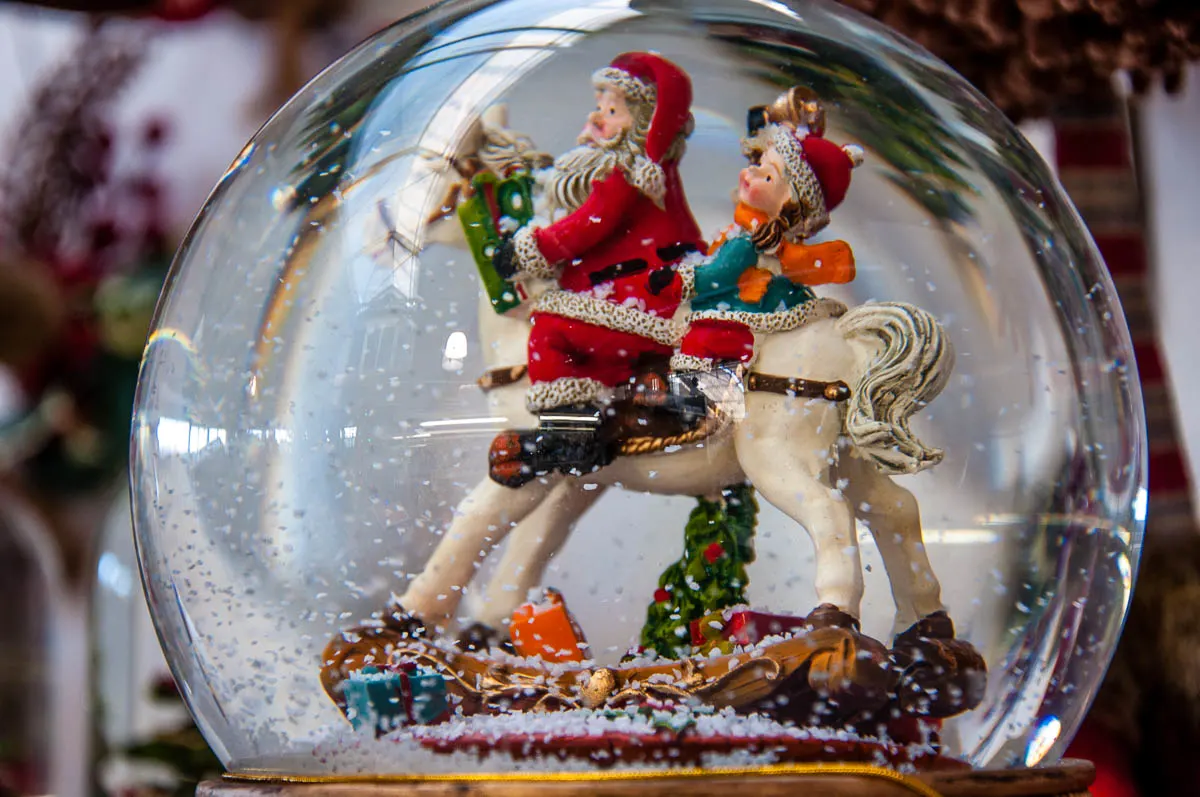
What is an important holiday in Italy?
When people imagine Italy, they often picture sun-soaked piazzas, ancient ruins, and plates of pasta—but to truly feel the spirit of Italian culture, visit during Christmas, or Natale.
Among the many vibrant holidays celebrated throughout the year, Natale holds a special place in the hearts of Italians.
It’s not just a single day of celebration—it’s an entire season filled with tradition, warmth, and joy that brings families and communities together across the country.
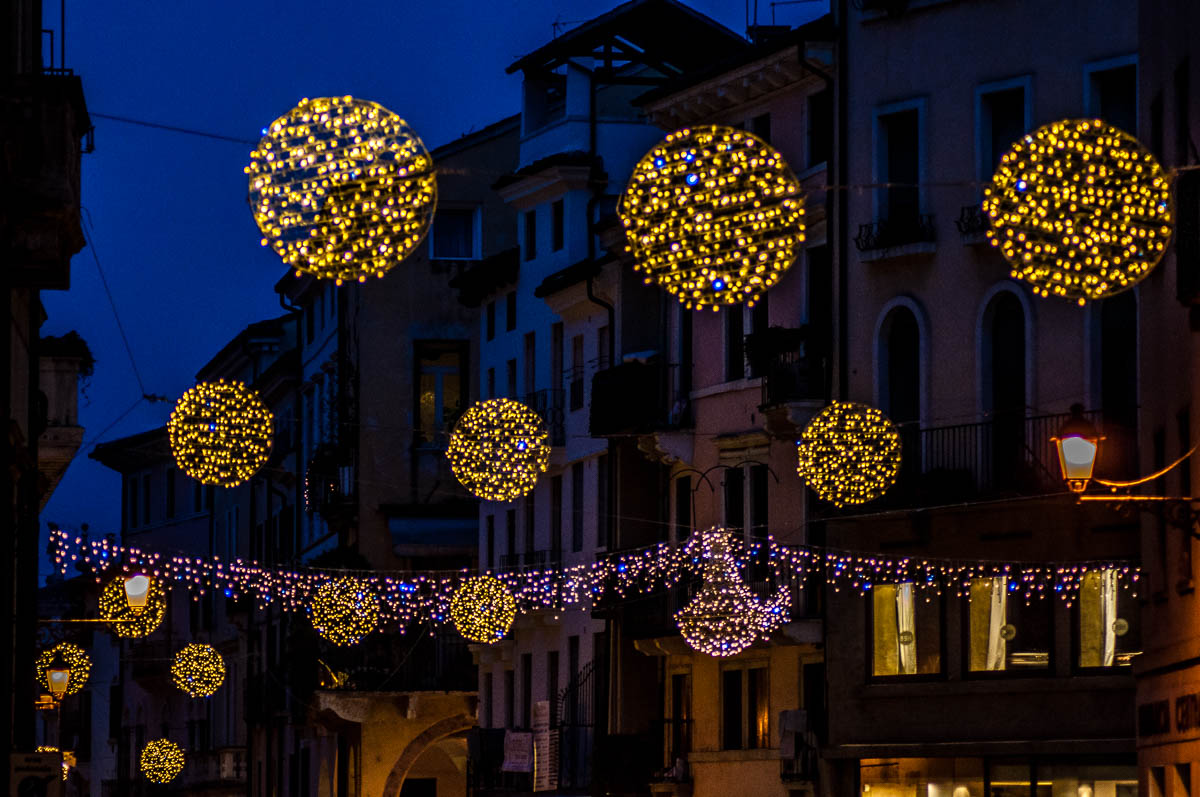
The Duration of Christmas in Italy
In Italy, Christmas is more of a season than a day. The festivities begin on December 8th with the Feast of the Immaculate Conception and continue until January 6th, the day of the Epiphany.
For nearly a month, towns and cities across the country come alive with twinkling lights, festive markets, religious ceremonies, and plenty of delicious food.
Each region brings its own unique customs to the celebration, but no matter where you go, you’ll find shared traditions that define the Italian Christmas experience.
Christmas Traditions and Activities in Italy
One of the most cherished symbols of Natale is the presepe, or Nativity scene. While Christmas trees are common, the nativity holds deeper cultural significance.
Many families create detailed displays in their homes, and entire towns sometimes set up elaborate versions—including moving figures or even live actors.
Naples is especially famous for its handcrafted nativity figurines, sold along the bustling Via San Gregorio Armeno.
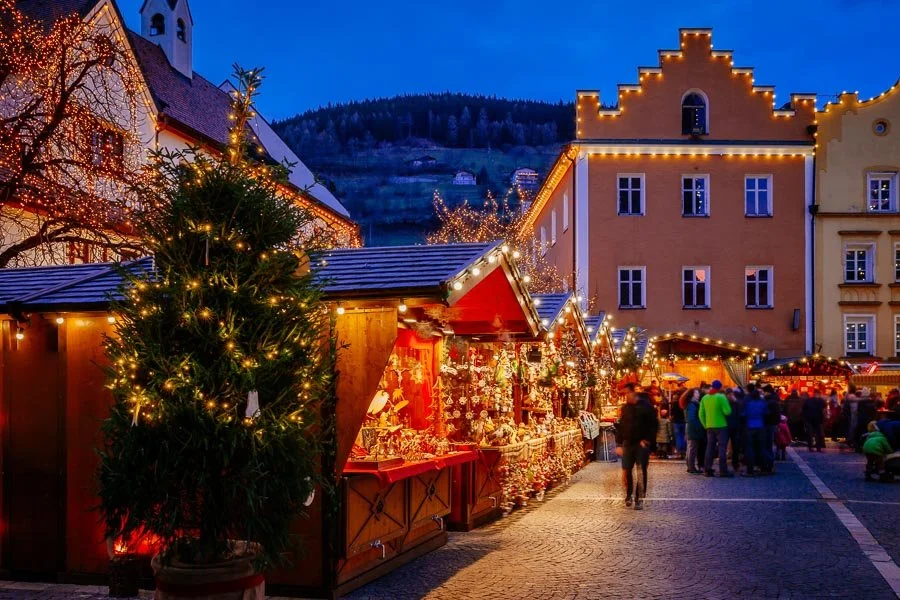
Christmas markets (mercatini di Natale) are a highlight, especially in northern Italy, where Austrian and German touches appear in wooden stalls, crafts, and mulled wine.
Across the country, festive lights create a magical atmosphere.
Religious traditions are key, with Midnight Mass widely attended. In Vatican City, the Pope’s Christmas Eve Mass draws visitors from around the world.
Special Christmas Dishes in Italy
No Italian holiday is complete without a feast, and Natale is no different. It starts with La Vigilia on Christmas Eve, a meatless meal with various seafood dishes, followed by a festive Christmas Day lunch featuring regional favorites like roast lamb, lasagna, or capon.
Desserts include panettone, pandoro, and torrone—each reflecting regional pride and holiday joy.
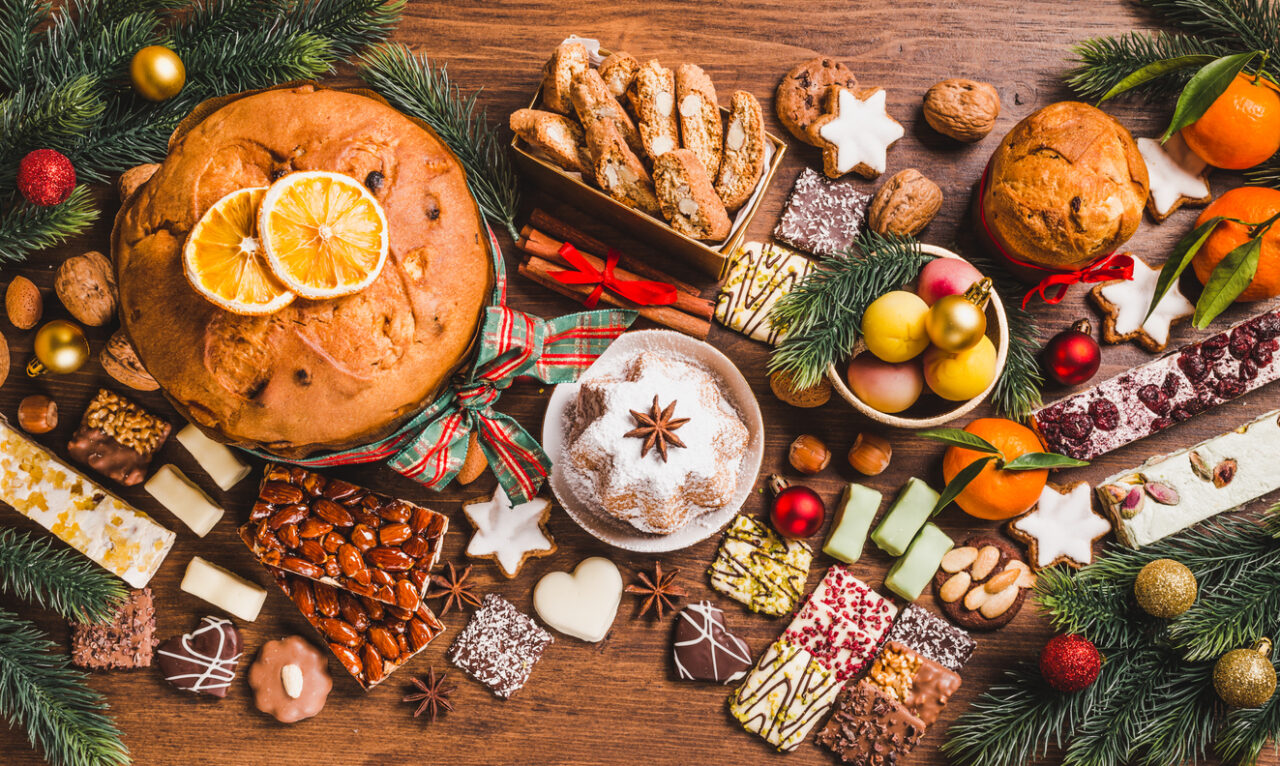
A Traveler's Christmas Experience
Visiting Italy at Christmastime is a magical experience. Streets sparkle with lights, the air is filled with carols and laughter, and the atmosphere feels both festive and intimate.
Whether you're exploring Rome, watching a Nativity play in Assisi, or enjoying hot chocolate in Bolzano, you'll see Natale is a heartfelt celebration of family, faith, and tradition.
Other Important Holidays in Italy
National Public Holidays in Italy
1. New Year’s Day (Capodanno) – 1 January
In Italy, New Year’s Day (Capodanno) is all about new beginnings and excited expectations. It’s all about family meals which always feature a dish with lentils and cotechino sausage (to bring good luck).
Recommended Locations: Rome, Florence, Naples
Activities: Enjoy spectacular fireworks in major cities
Duration: 1 day
Tradition: Eating lentils for luck
Tips: Dress warmly for outdoor events and arrive early for the best viewing spots.
2. Epiphany (La Befana) – 6 January
Epiphany, or ‘La Befana’–a day of religious significance. After the Christmas holidays, this old witch comes in the night and bringsgifts to children.
Recommended Locations: Rome, Urbania
Activities: Watch colorful parades and visit festive markets
Duration: 1 day
Tradition: Children receive sweets or coal from La Befana
Urbania hosts the best celebrations with parades and festivals.
3. Easter Sunday & Monday (Pasqua & Pasquetta) – March/April
In Italy, Easter is a major holiday that ends with Pasquetta (Easter Monday). Easter in Italy focusses on family meals and outdoor enjoyment.
Recommended Locations: The Vatican, rural countryside
Activities: Attend Easter Mass and enjoy picnics
Duration: 2 days
Tradition: Easter Mass at St. Peter’s Basilica
Tips: Reserve tickets for Vatican events early and plan a countryside escape for Pasquetta.
4. Liberation Day (Festa della Liberazione) – 25 April
Liberation Day celebrates the end of the Nazi occupation in World War II. It’s a day of national remembrance and patriotism throughout Italy.
Recommended Locations: Rome
Activities: Join civic parades and visit WWII sites
Duration: 1 day
Tradition: National pride and historical reflection
Tips: Check local city schedules for parades and public events.
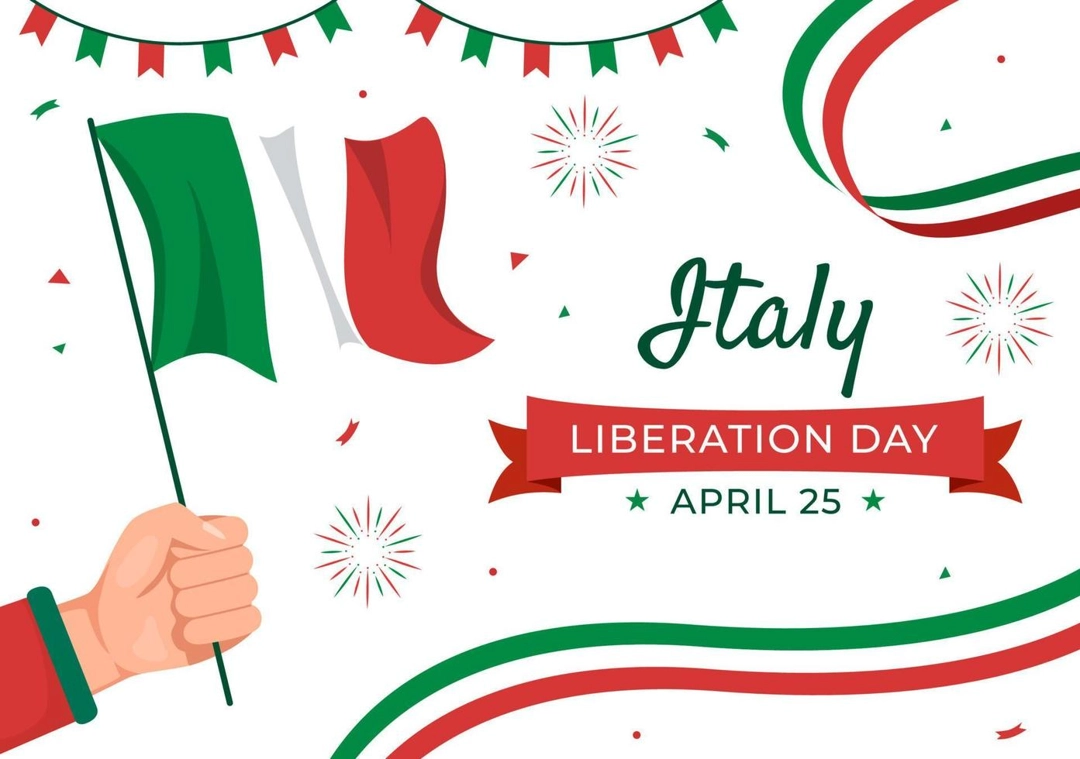
5. Labor Day (Il Primo Maggio) – 1 May
Labor Day is a day to celebrate the rights of workers and is often celebrated with parades and get-togethers. It is a time to relax and indulge in cultural activities.
Recommended Locations: Rome
Activities: Attend concerts and stroll through parks
Duration: 1 day
Tradition: Concerto del Primo Maggio in Rome
Tips: Rome hosts a free concert; arrive early to beat the crowd.
6. Republic Day (Festa della Repubblica) – 2 June
On Republic Day, which honors the establishment of the Italian Republic. A grand military parade takes place in Rome.
Recommended Locations: Rome
Activities: Watch the military parade, participate in celebrations
Duration: 1 day
Tradition: National pride and unity
Tips: Take your place early on Via dei Fori Imperiali for the parade.
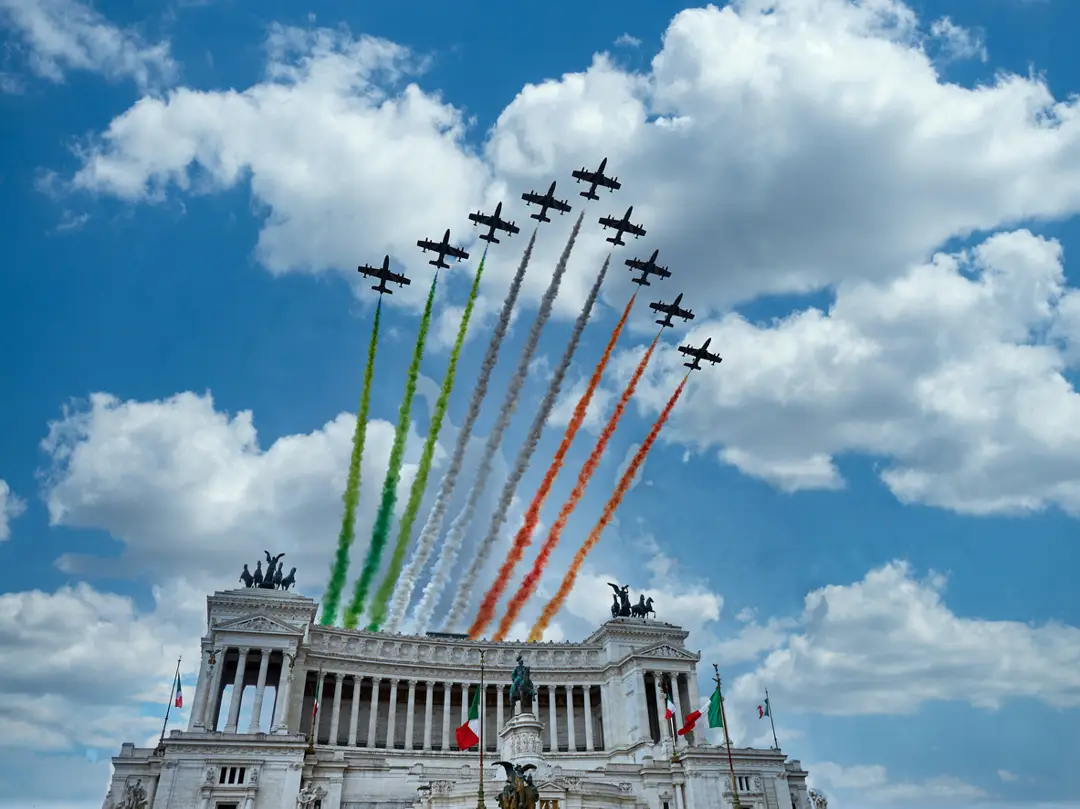
7. Assumption of Mary (Ferragosto) – 15 August
Ferragosto takes place on the Assumption of Mary, and most Italians consider it the height of the Italian vacation season. It includes religious observances and trips to the beach or mountains.
Recommended Locations: Amalfi Coast, Lake Garda
Activities: Enjoy beach outings, community feasts
Duration: 1 day
Tradition: Public festivities and fireworks
Tips: Expect closures; plan visits to natural sites instead.
8. All Saints’ Day (Tutti i Santi) – 1 November
All Saints’ Day celebrates all saints and deceased loved ones, with reflections and cemeteries and church visits.
Recommended Locations: Historic cemeteries, churches
Activities: Light candles, attend Mass
Duration: 1 day
Tradition: Honoring the departed
Tips: Visit a historic cemetery like the one in Rome for a moving experience.
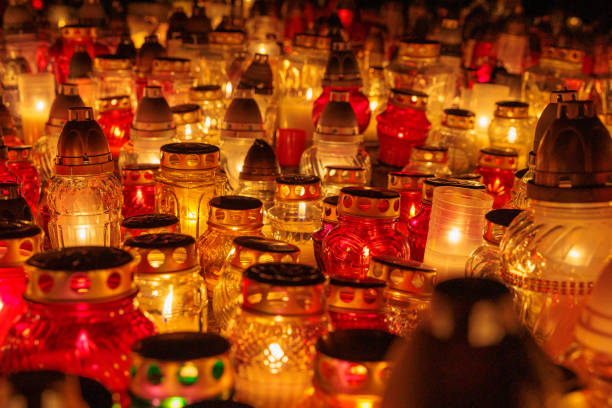
9. Immaculate Conception (L'Immacolata) – 8 December
This day is actually when the Christmas season begins in Italy, as Immaculate Conception is the kick-off to the season.
Recommended Locations: Northern Italy Christmas markets
Activities: Witness the lighting of decorations
Duration: 1 day
Tradition: Setting up nativity scenes
Northern Italy has charming Christmas markets you shouldn’t miss.
Regional & Cultural Festivals Not to Miss
10. Carnevale – February/March
Carnevale is a remarkable showcase of color, imagination, and tradition, and is enthusiastically marked in several regions of Italy. Once a festival to celebrate the start of Lent, it was essentially a period of revelry before the fasting season began.
Recommended Locations: Venice, Viareggio, Ivrea
Activities:
Rent a mask and costume to fully immerse yourself in the Venetian festivities.
Witness the flamboyant and satirical floats parade through Viareggio.
Experience the historical Battle of the Oranges in Ivrea—but be prepared to duck for cover!
Duration: Approximately 2 weeks, culminating on Shrove Tuesday.
Tradition: Elaborate masquerade balls and parades showcasing local craftsmanship.
Tips: Book accommodations well in advance, especially in Venice where demand is high.
11. The Palio of Siena (Palio di Siena) – 2 July & 16 August
Jockeys from 10 of different neighborhoods of Siena (called “Contrade”) gather in the central square, Piazza del Campo, to race. It’s an event that has been central to the identity of the city since the medieval period.
Recommended Locations: Siena
Activities:
Watch the dramatic horse race—it’s quick but full of excitement.
Attend Contrada dinners to enjoy local cuisine and witness neighborhood unity.
Duration: The main race lasts about 90 seconds; related events span several days.
Tradition: Each Contrada has its own unique colors, songs, and rituals.
Arrive early to secure a good viewing spot in the crowded Piazza del Campo.
12. San Gennaro Feast (Festa di San Gennaro) – 19 September
The San Gennaro Feast in Naples is an ancient religious festival honoring the city’s patron saint. It is believed that on this day, the saint’s blood miraculously liquefied — an event that symbolizes good luck for Naples.
Recommended Locations: Naples
Activities:
Attend the solemn but hopeful ceremony at Naples Cathedral to witness the blood’s liquefaction.
Indulge in traditional Neapolitan street food sold by local vendors.
Duration: 1 day
Tradition: The procession and ceremony have been a cornerstone of local faith and identity.
Tips: Join locals in savoring authentic pizza and sfogliatella pastries during the feast.
13. Feast of Our Lady of the Bruna (Festa della Madonna Bruna) – 2 July
The Festa della Madonna Bruna runs for several days in Matera and is a mix of religion and local customs. The festival celebrates the Virgin Mary with a blend of processions and festivities.
Recommended Locations: Matera
Activities:
Participate in or watch vibrant processions marking the journey of the Madonna’s statue.
Marvel at nighttime fireworks illuminating the historic Sassi di Matera.
Duration: 1 day
Tradition: The ritualistic destruction of a decorative float as a symbol of renewal and protection.
Tips: Stay late for the spectacular fireworks and join in the festive local atmosphere.
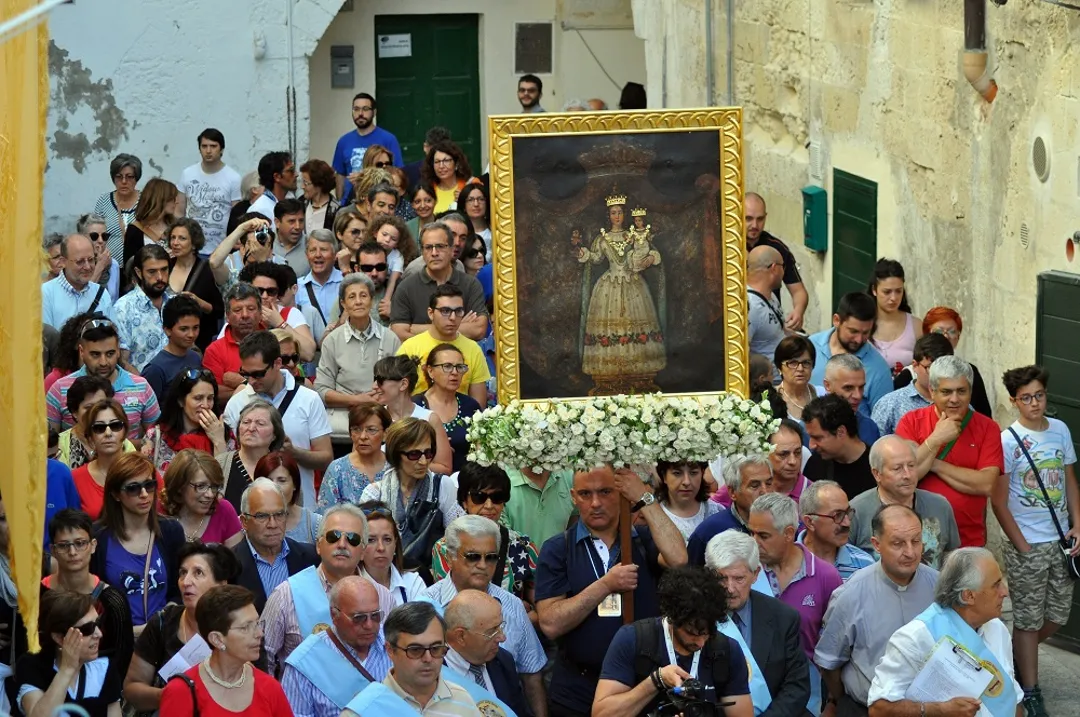
14. Festival of Saint Mark (Festa di San Marco) – 25 April
Venice commemorates its patron saint, San Marco, in an event-filled and romantic day. The folk festival blends religious observances with activities that showcase the Venetian way of life.
Recommended Locations: Venice
Activities:
Watch the colorful gondola parades on the picturesque Grand Canal.
Observe traditional Venetian ceremonies that reflect the city’s rich history.
Duration: 1 day
Tradition: It’s customary for lovers to exchange a red rose (bòcolo) on this day.
Tips: Embrace local customs by giving a red rose to a loved one while soaking in the scenic beauty of Venice.
FAQ
1. What unique festival is held in Venice?
This city is famous for its Carnevale that takes place in February or March, which is a festival full of masks, costumes, and parades.
2. What marks the official start of Christmas in Italy?
The next big celebration is the Immaculate Conception on December 8, when the Christmas season really kicks off. Nativity scenes and decorations go up.
3. What are Italy’s most famous Christmas markets?
Northern Italy, especially around the Immaculate Conception, can be a good place to visit.
4. Why do couples give red roses in Venice?
During the Festa di San Marco on April 25, Venetians give one another red roses, known as bòcolo, to represent love and tradition.
5. Why is the Republic Day celebrated on June 2?
It commemorates the 1946 referendum in which Italians chose to become a republic, with patriotic parades.
Conclusion
Italy’s holidays reflect the country’s rich history, faith, and regional diversity, but Natale remains especially meaningful as a season of warmth, tradition, and togetherness.
From the beautiful nativity scenes to festive markets and special meals, Christmas in Italy offers a unique window into Italian life and values.
Alongside Natale, other public holidays and festivals celebrate Italy’s identity, making any visit a chance to connect with the heart of Italian culture.
